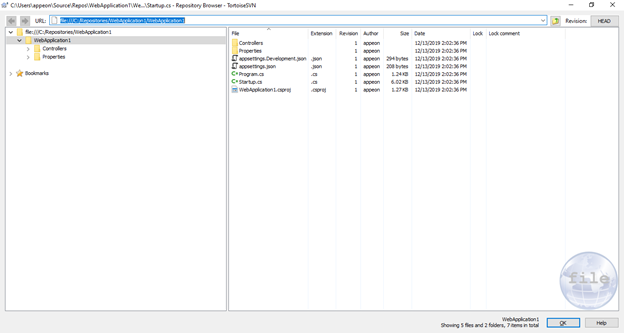

Tip: In order to generate an accurate ballistic solution you must measure the actual muzzle velocity from your rifle, and find the most accurate BC for your bullet. I do still verify the adjustments my ballistic engine is giving me at a few distances, and may have to “true” the trajectory slightly to center my hits, but it’s rare that I’m off target if I’m careful to use good inputs and a good ballistic calculator. That was dumb! But the old days of having to shoot at every range you might encounter and use that to create charts seems to be in the past. I’m not suggesting you blindly trust them and not put them to the test in the field.

I only dropped 2 targets over the whole match, and finished 2nd overall … and both misses were more me than my ballistic solution.Ĭlearly there are ballistic engines out there that can be trusted when supplied with good inputs. But I’d carefully measured my muzzle velocity when I zeroed at 100 yards, and I used Bryan Litz’s G7 BC for my bullet to create my firing solution – and I ended up hitting 38 targets in a row before my first miss. I hadn’t even shot it past 100 yards! The match had targets from 300 to 800 yards, and a few veteran shooters literally laughed out loud when I told them I hadn’t shot the rifle past 100 yards and was running 100% theoretical/unproven dope. I’ll never forget going to one of my first rifle matches with a brand new rifle that I got just a couple days before. Thanks to huge advances in technology and pioneering research in external ballistics, we’ve largely closed the gap between theoretical data generated by ballistics engines and hits in the field. So while this was the proven approach for the longest time, it took a lot of time and ammo to generate and wasn’t accurate in different atmospheric conditions. For example, if the data was gathered when it was 90° the adjustment might be off by a few clicks if you were firing in 40° weather, and the same would be true if your elevation or other factors changed as well. The problem with that approach is those static dope cards were based on how the bullet flew in a particular set of atmospheric conditions, and the corrections might be different if conditions changed or you traveled. The accuracy of this approach was thought to be better than the theoretical data generated by ballistics engines at that time. Then you’d combine all that data into a printed dope card (like the one shown), and use that in the future to infer adjustments for new distances you need to engage. You’d try to shoot to as many distances as possible and record what adjustment was required to center a hit at each distance. A decade ago, most serious shooters agreed the only way to know what your real adjustment should be to hit a target at long range was to carefully collecting DOPE (Data On Previous Engagements) from the field.


 0 kommentar(er)
0 kommentar(er)
